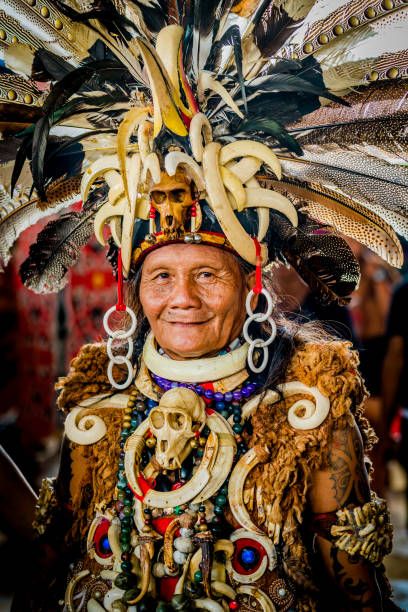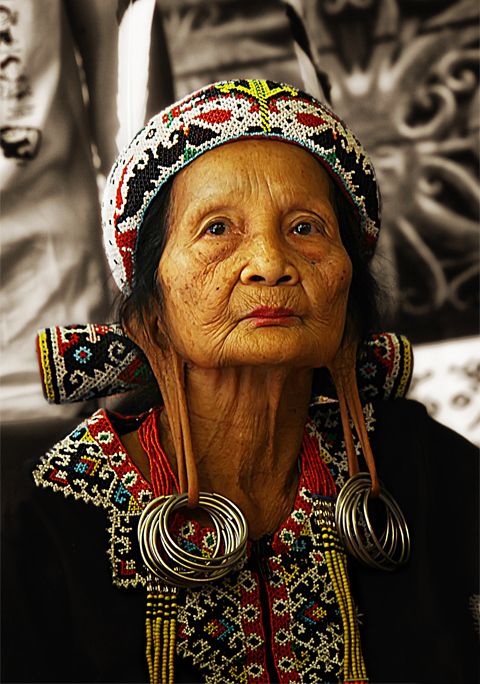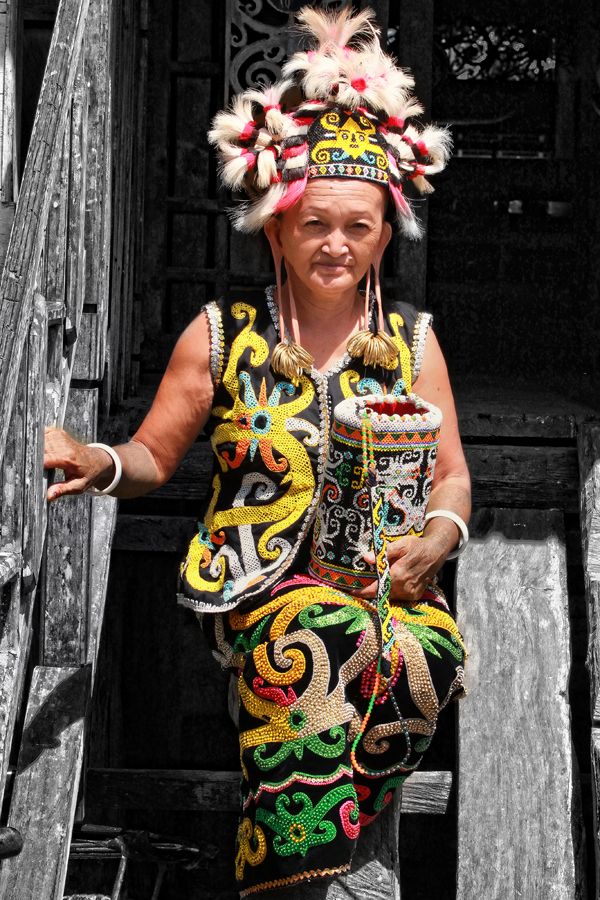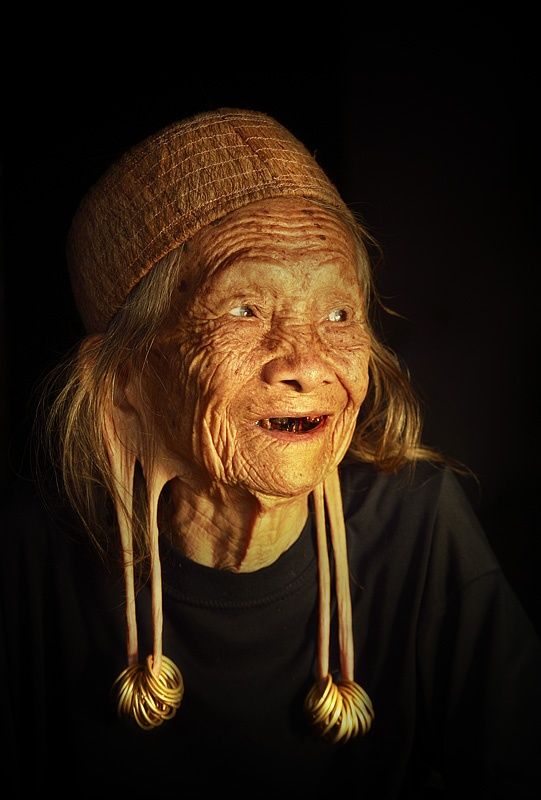HISTORY
The modern history of Sarawak, whiffs of Victorian melodrama. Known to Portuguese cartographers as Cerava, Sarawak, had been a loosely governed territory under the control of the Brunei Sultanate in the early 19th century. In 1838 James Brooke, a British adventure with an inheritance and an armed sloop arrived to find the Brunei Sultanate fending off rebellion from war like inland tribes. Sarawak was in chaos, Brooke put down the rebellion and as a reward signed a treaty in 1841 was bestowed the title Governor and granted power over parts of Sarawak. He pacified the natives, suppressed headhunting, eliminated the much-feared Borneo pirates, bringing ever growing tracts of Borneo under their control.
Brooke was appointed Rajah by the Sultan of Brunei on August 18, 1842 and founded the White Rajah Dynasty of Sarawak. The Brooke dynasty ruled Sarawak for a hundred years and became famous as the "White Rajahs", accorded a status within the British Empire similar to that of the rulers of Indian princely states. Indeed, in 1850 the USA recognised Sarawak as an independent state — as did even the British, in 1864!
This regal butterfly was named in honour of Sir James Brooke, the first White Rajah of Sarawak Rajah Brooke's Birdwing - by the famous British naturalist, Alfred Russel Wallace in 1855. His successor, Charles Brooke, 1868-1917, was responsible for many of the historic buildings still associated with the waterfront. Japan invaded Sarawak and occupied the island of Borneo in Dec 1941, and held it for the duration of World War II until the area was secured by Australian forces in 1945. The Last White Rajah, Charles Vyner Brooke, formally ceded sovereignty to the British Crown on July 1, 1946, and Sarawak became a British colony. It became an autonomous state of the federation of Malaysia on September 16, 1963. Sarawak was one of the main sites of the Indonesian Confrontation between 1962 and 1966.source:
Go2 Travel Malaysia




